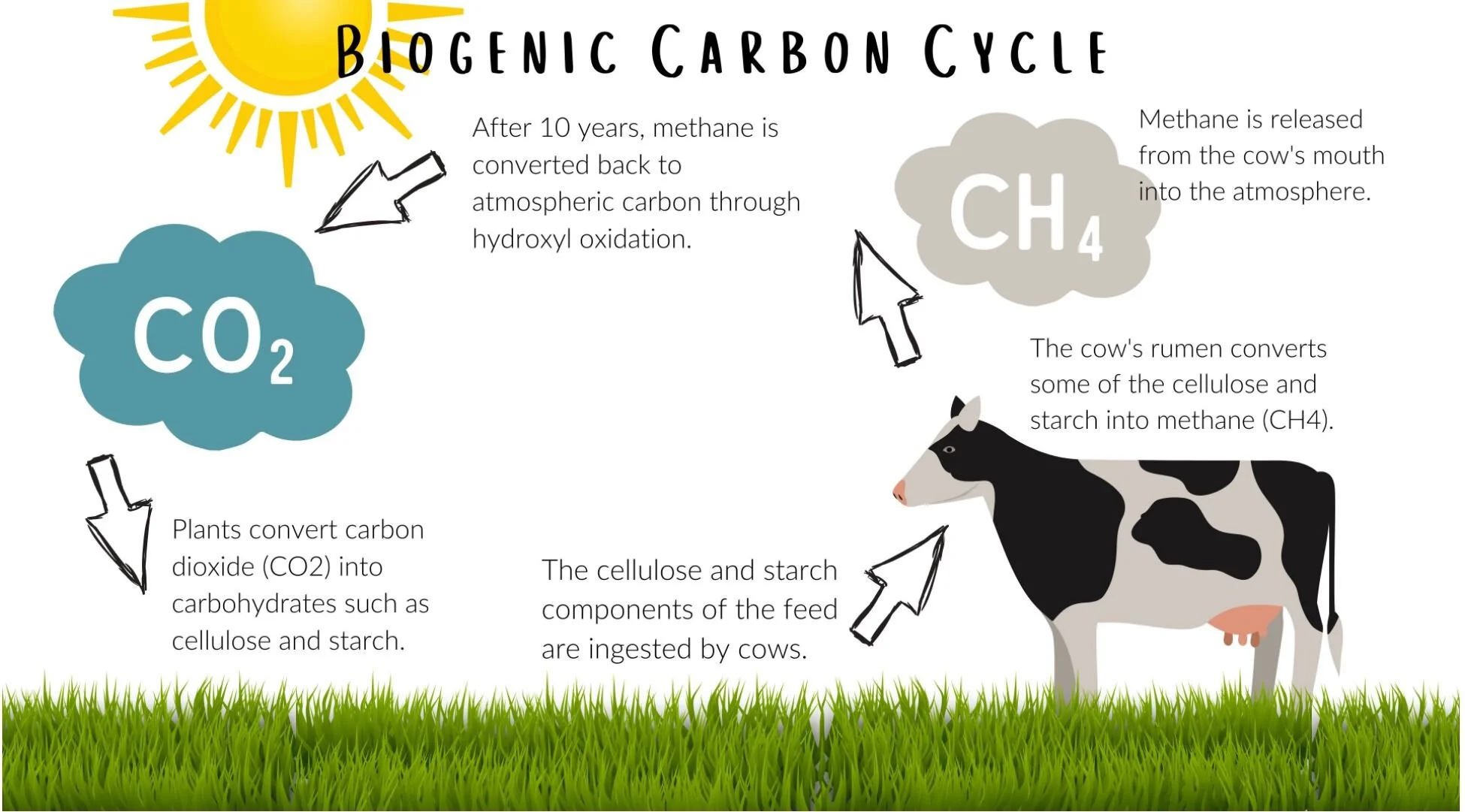Beef U course content is your comprehensive resource on all things beef. This free, interactive training program gives aspiring retail professionals and foodservice operators access to the resources that can help market beef and further understand the beef industry – spanning hot topics from beef production and nutrition to today’s modern beef consumer.
Read MoreStudents will explore concepts of heredity in beef cattle and identify dominant and recessive traits.
Read MoreSettlers first brought cattle to Kentucky in 1775, with aid from famed explorer Daniel Boone. Since that time, cattle farming has played an important role in Kentucky’s agricultural economy. In fact, Kentucky farmers raise more beef cattle than any other state east of the Mississippi River!
Read MoreGRADES: 3+ Cash Cow takes students on a journey of caring for a herd of beef cattle in hopes they will maximize their profits at the end of the game. Sponsored by the Kentucky Cattlemen's Association and Kentucky Beef Council.
Read MoreIn this lesson, students will follow the farm to fork process of producing beef, learn how cattle and other ruminants convert grass into nutrient-rich foods such as milk and meat, discover ways cattle recycle food waste, and identify careers in the beef cattle industry.
Read MoreStudents will explore the carbon cycle and evaluate the carbon footprint of cattle. Using critical thinking skills, students will use the Claim, Evidence, and Reasoning model to determine the effect of cows’ methane production on the environment and investigate the extent cattle contribute to climate change.
Read MoreStudents will compare the components of beef and plant-based burgers by determining the production and processing methods of each product; evaluate the ingredients and nutritional differences between beef and plant-based products; and discuss different points of view in the agricultural industry concerning plant-based proteins and traditional beef.
Read MoreStudents will evaluate the USDA grading system for whole cuts of beef and discuss consumer preferences and nutritional differences between grain-finished and grass-finished beef. Students will also distinguish various labels on beef products and discuss reasons for the government’s involvement in agricultural production, processing and distribution of food.
Read More








